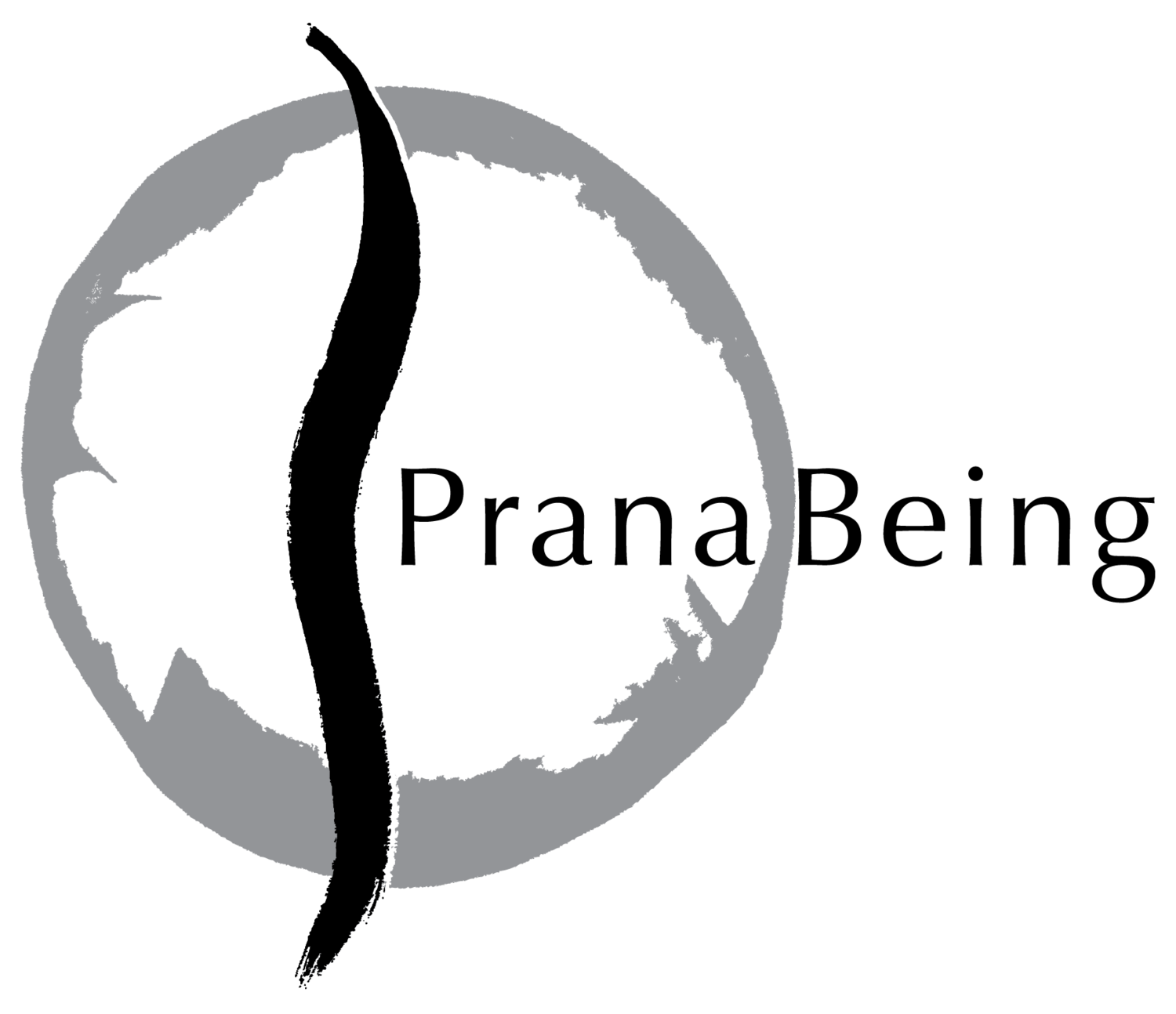
Exploring the workings of health, harmony, integration, and liberation.
The Great River
The goal of Ayurveda is to support human beings in living a healthy, peaceful, harmonious, and long life. Ayurveda mentions the normal human life span at more than 100 years. Longevity is as much about quality as length of life.
The image used to help us understand longevity is that of a river.
The river begins high in the mountains, fed by snows and springs. As it descends, it gathers water and gains speed…trickling, gurgling, rushing… eventually roaring. Where the banks are narrow and the bed is shallow, the water forms a torrent, tumbling toward its inexorable destiny, at last discharging into an even larger river.
These Great Mothers, the lifelines of the Earth, guide all the smaller rivers to their ultimate merger in the sea. Roiling whitewater is thrilling to behold. Yet the silent power of a Great River is awe-inspiring. The banks are wide; the bed carved deep. An unfathomable amount of water is moving in that channel, sliding almost soundlessly. I experienced this on the banks of the Columbia. Camping near Castledale, British Columbia, I was enthralled by her palpable presence: the embodiment of gravity in motion, a stunning magnitude of energy. I’ve experienced several other powerful rivers, but the sheer volume and depth of the Columbia at this place was mesmerizing. I’ve never seen so much water, moving so quickly and silently.
Ayurveda teaches that longevity is like this Great River.
At the beginning, the river’s inputs are greater than the output. As it grows into a dynamic stream, smashing against narrow banks, its output is greater than input. When the river becomes a Great River, its capacity to receive is balanced by the energy it flows out, and this balance creates exponentially more power and strength.
True, lasting health and longevity have to do with balancing our inputs and outputs and expanding our capacity to allow life to flow through us.
As a highly trained over-achiever, I’ve found this concept to be challenging to consider. Yet I have lived long enough now to see the tendency toward a raging torrent in myself, and to understand the consequences of time spent where outputs > inputs.
My opinion is that we stand to benefit tremendously by considering a paradigm that empowers us to become conscious of the quality and balance of both inputs and outputs. I’d love to see this replace the obsolete norm our world is suffering from, where inputs are largely ignored, outputs are denied and justified, disease is expected—written off as “normal aging”—and we continue to look outside ourselves for a solution.
Let’s come back to the deeper wisdom throbbing in our blood and all the sacred waters of our body: the song of the Great River and her dance of dynamic balance.
Inputs
Ayurveda asserts that one of the three pillars of health is aahara, inputs. This is commonly translated as “food.” But inputs actually comprise much more than what we put in our mouths. Inputs include food, water, breath, and perceptions.
Consider that everything we take in physically, through sensory experience as well as through the mind, is an input to our system. Every input is subject to the process of digestion.
These two factors—the inputs, and the capacity to digest—determine the outputs.
Outputs include body tissues, thoughts, emotions, and actions.
When you want to make any change in your health, relationships, or your capacity to perform action, look to your inputs.
What are you taking in as food, water, breath and perceptions? How is it supporting or undermining you?
If you want to learn more about how to optimize your inputs toward actualizing your desired outputs, consider inquiring about an Ayurvedic Health Consultation.
Leave a comment below: what inputs are supporting you? Which ones are undermining you? Can you see how your inputs are connected to the quality of your body tissues, mental and emotional default, and your capacity to perform action?
